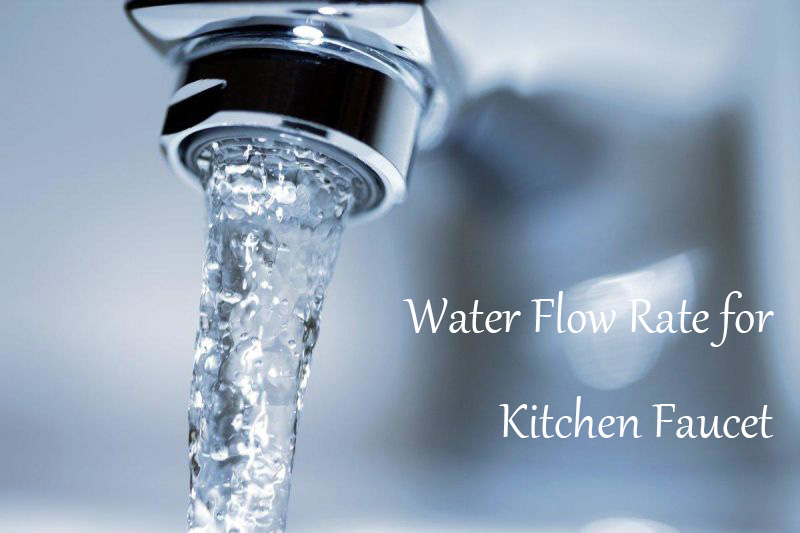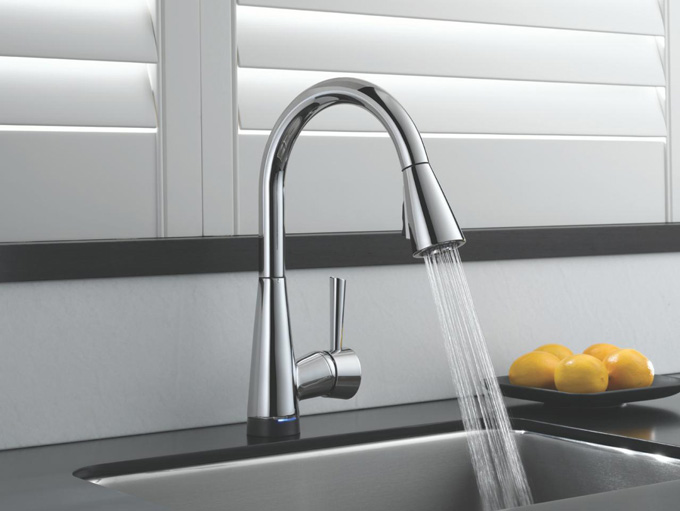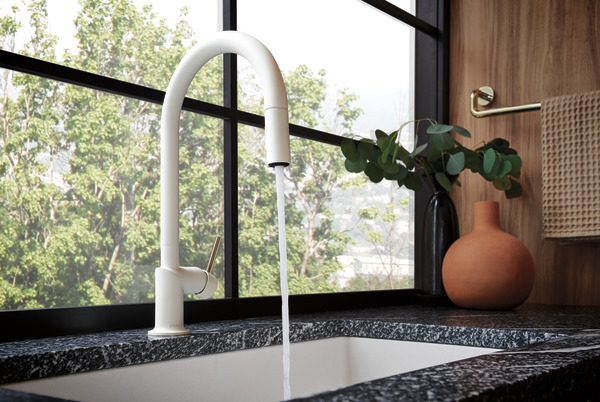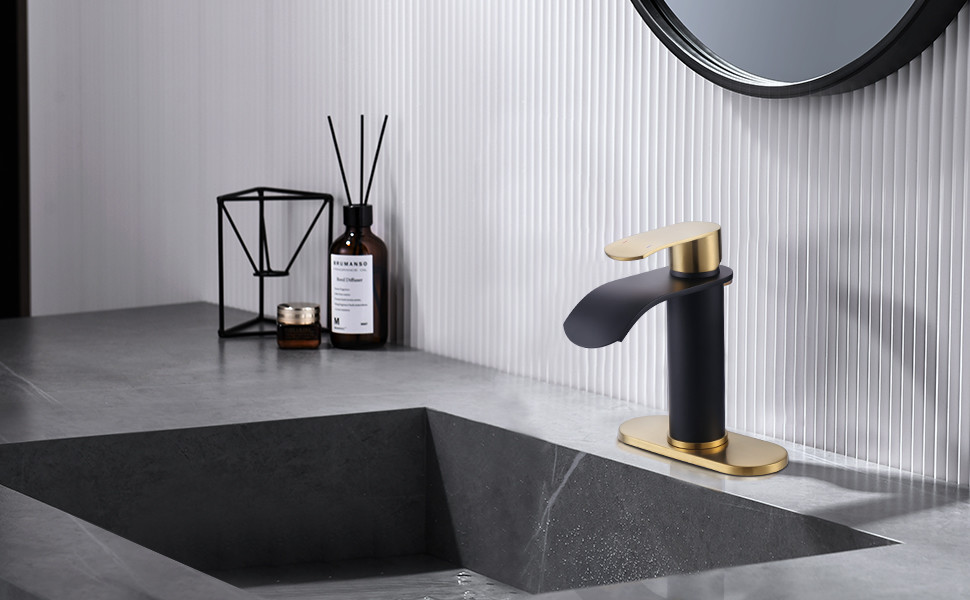What is A Good Water Flow Rate for Kitchen Faucet

Understanding flow can help solve many problems associated with inefficient households, insufficient water pressure, and high water bills. The water flow rate is one of the key factors for every water fixture in your home, but especially for kitchen sink faucets. If the water flow rate is too low, it will affect work efficiency, if the water flow rate is too high, water will be wasted and sputter. So what is a good water flow rate for kitchen faucet? Read on this post and learn more about water flow rate for kitchen faucet.
Things to know
Before we get started, let’s look at some significant acronyms and terms we’ll use throughout this article. If you’re not familiar with these terms, the definitions will be a helpful tool as we move through the information. Here is what you need to know:
- GPM: gallons per minute (this measures water flow rate in units)
- PSI: pounds per square inch (this measures water pressure in units)
- Aerator: a device that restricts the flow rate on a faucet or showerhead and incorporates air
What is a good water flow rate for kitchen faucet
Faucet flow, as the name suggests: it measures the speed of water flowing from the faucet. When you’re browsing for a new kitchen or bathroom faucet, you may notice a number followed by GPM in that faucet’s specs. This information tells you the flow of the faucet.
For kitchen faucets, the optimal flow is usually between 1.0 and 2.0 GPM. Of course, the best traffic flow for your home depends on your individual needs. Some people find that 1.0 GPM is sufficient for their needs, while other homes require higher flow rates, up to the maximum.
Is a 1.5 GPM kitchen faucet enough?
For most homes, a 1.5 GPM kitchen faucet will do. Many people confuse water pressure with flow rate, so keep that in mind and think of it this way. The flow rate allows for a lot of “pressure” without consuming the same amount of water as a 2.2 GPM faucet.
Kitchen faucets with flows between 0.08 and 1.5 GPM will not significantly reduce “water pressure”, so any option is likely to be suitable for your home. If you find that a 1.0 GPM faucet does the trick, installing it instead of a 1.5 or 2.2 GPM faucet can help reduce your water bill to a more approachable figure.
The gallons per minute between the 1.2 and 1.5 GPM faucets are fairly low, so most people won’t notice the difference. Not 1.2 gallons of water per minute, but 1.5 gallons and vice versa.
How To Measure Faucet Flow Rate
If you have a kitchen faucet with an unknown flow rate, you can easily measure it with just a few materials. Here’s what you’ll need:
- Container
- A measuring cup
- Stopwatch
Start by placing the container under the faucet. With your stopwatch ready, open the tap and start the stopwatch at the same time. Make sure you open the faucet and turn on the stopwatch simultaneously, as any variation can skew your results. If you’re measuring the maximum flow rate, you need to open the faucet fully. Allow the faucet to run for ten seconds. Turn off the tap and the stopwatch at the same time. Then use your measuring cups to measure the water collected in the container. Convert the measured amount of water to gallons, then multiply the value by six. That is the faucet’s GPM.
What Is The Average Flow Rate Of A Kitchen Faucet?
The average flow rate of most kitchen taps ranges between 1.0 and 1.5 GPM. The Federal Standards restrict the maximum water flow rate allocated for kitchen faucets to 2.2 GPM. in certain states, such as Georgia and California, flow rates are further limited.
 WOWOW Faucets
WOWOW Faucets






您好!Please sign in